Do you think black-capped chickadees are scarce this winter? If you do, you are not alone, as many feeder watchers across New England have recently reported fewer birds visiting their feeders.
Reports of the scarcity of birds at feeders started surfacing in the fall, which by my recollection was unusually warm late into the season. Leaves finally fell off the trees in November and it was not until December that the weather finally returned to seasonal — and then below seasonal — temperatures. It is not unusual for birds to forsake feeders until temperatures get cold and snow covers the ground.
But based on reports from throughout New England, the cold and snowy weather (we have avoided the heavy snow so far this winter) failed to force birds to the well-stocked feeders. Why? Apparently there is still a plentiful supply of natural foods, and when that happens the birds do not need to visit feeders as frequently.
While food supplies in the wild are seldom documented and studied, populations can be monitored. National Audubon Society’s annual Christmas Bird Counts provide local measures of the winter populations of birds. Throughout New England, these counts have not detected lower than normal populations of common feeder birds: black-capped chickadees, blue jays, tufted titmice, and white-breasted nuthatches.
The Vineyard count, held on Dec. 29, shows similar results. We found more blue jays and black-capped chickadees than we had since 2007-2008; both species registered the fourth highest totals in the 58 years of counting. Newer arrivals to the Vineyard like the red-bellied woodpecker (1979) and the tufted titmouse (2001) have only once before exceeded the numbers recorded on the recent count. Only the white-breasted nuthatch was below their usual numbers for the past decade.
More reasonable temperatures have recently replaced the extremely cold weather — at least for now — and we may not see increased use of our feeders until the next cold snap or heavy snowfall. But that does not mean that the birds coming to feeders do not depend on the food. Studies have shown that winter birds get from 10 to 25 per cent of their food from feeders. If you stop putting out bird seed now, the birds will not get as much food since they are unlikely to find enough wild food to replace the seeds you put out. Their health may decline and they may not survive.
Speaking of wild foods, a recently published study shows that migrating gray catbirds and Swainson’s thrushes greatly prefer the berries of native food plants rather than those of the invasive exotics that have widely replaced our native plants. Yes, birds will eat bittersweet or multiflora rose berries, but the birds tend to visit stands of native species, and prefer eating native berries like spicebush, viburnum, greenbrier, and huckleberry. This is one of the reasons why conservation groups go to great lengths to preserve and restore our native species. What will happen to our birds if we allow invasives to replace our native plants? Nothing good.
Bird Sightings
There have been a number of interesting birds around. Most notable of these is Lanny McDowell’s sighting of a dovekie in Menemsha Harbor on Jan. 20. This diminutive black and white seabird is now much more common offshore in the open ocean. It may not be a coincidence that it was observed on a day with strong southwesterly winds that may have blown it in to land. He also observed horned grebe, common eider, common loons and buffleheads in Menemsha.
Matt Pelikan reports that horned grebes may have just arrived from further north, as he has just started seeing them in down-Island waters. And Bob Shriber reports that there was a closely related red-necked grebe in Menemsha Pond on Jan. 18.
Also on Jan. 20, I led a group of intrepid birders out to State Beach on the quarterly bird tour sponsored by the Edgartown Public Library, where the strong winds nearly knocked us over. We did not see much there as we could not hold our binoculars steady in the wind. We then migrated to the much more protected Sheriff’s Meadow Sanctuary near Eel Pond, where a flock of 12 black-capped chickadees greeted us and flew across the trail in front of us. There were no other species in that flock, which is sort of unusual. On the water, we were treated to good looks at common eiders, hooded mergansers, red-breasted mergansers, buffleheads, the ever-present mallard that followed us around the pond expecting to be fed, and a belted kingfisher.
Despite the wind, Jacqueline Beauvais Cromwell spotted six turkey vultures near the Bend in the Road beach on Jan. 20. She also has a flicker visiting her bird feeders, as does Kristen Norman.
Sharon Simonin found the half-dozen or so black-crowned night-herons that frequent the Oak Bluffs pumping station through the winter. They do not even need open water there, as they roost in the trees and shrubs along the shoreline.
Long-tailed ducks are becoming more prevalent. Jeff Bernier spotted one near the dredge in Katama Bay on Jan. 20, as well as a small flock of them in Eel Pond. And Mike Savoy spotted one on Lake Tashmoo near a large flock of buffleheads.
Bob Cassidy saw the bald eagle by the airport on Jan. 16, while Nancy Slate saw it later that day near Morning Glory Farm. Other eagle sightings from Edgartown come from Cliff Barnsley and Harriet Bernstein.
And finally, snowy owls are still in the news. Bob Cassidy reports that one visited the airport on Jan. 22. John Nelson counted six of them on Cape Pogue and Norton Point Beach, while Bob Shriber found two of them on State Beach on Jan. 17. We have also had recent reports of them from Oyster Pond, Tisbury Great Pond and Dogfish Bar, making a possible 12 of them on the Island.
Our many winter residents are here; please report your sightings in this new year to birds@mvgazette.com.
Robert Culbert is an ecological consultant living in Vineyard Haven.


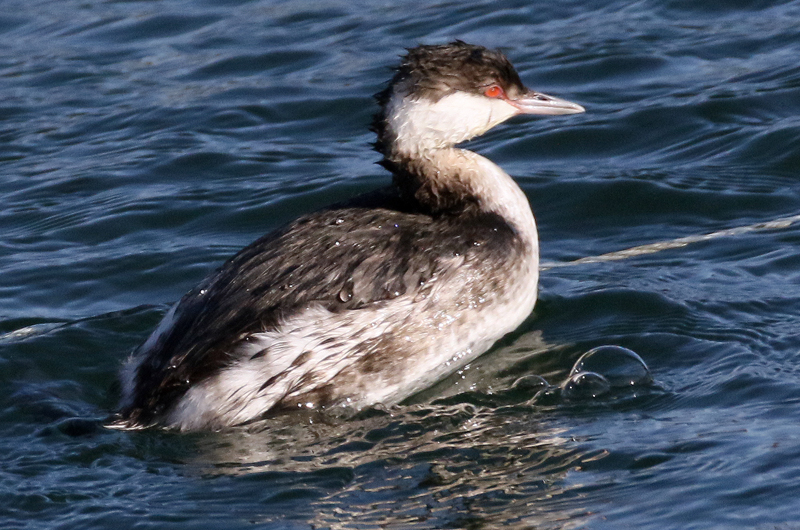
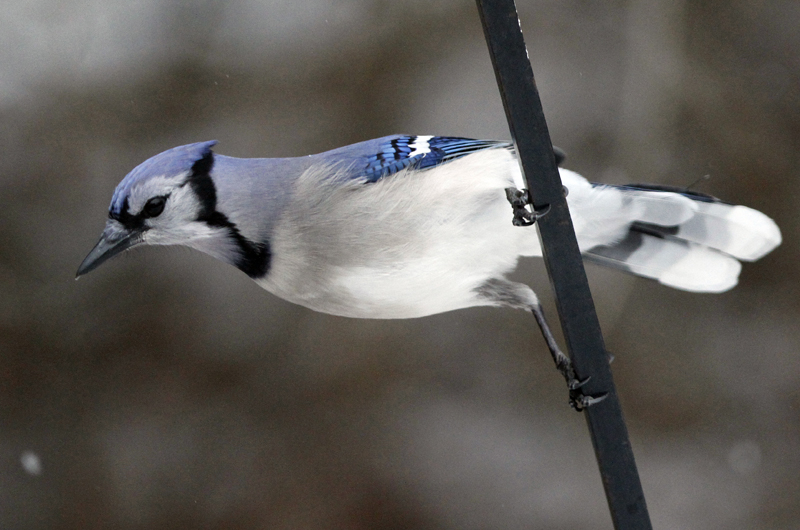
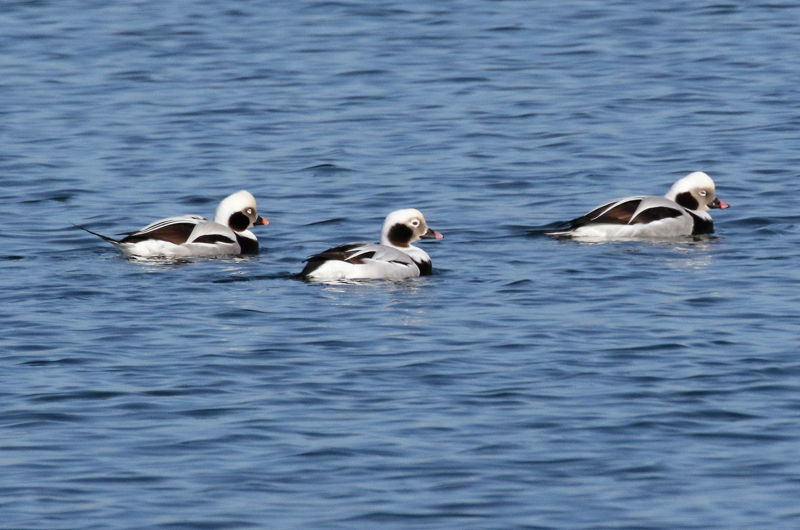
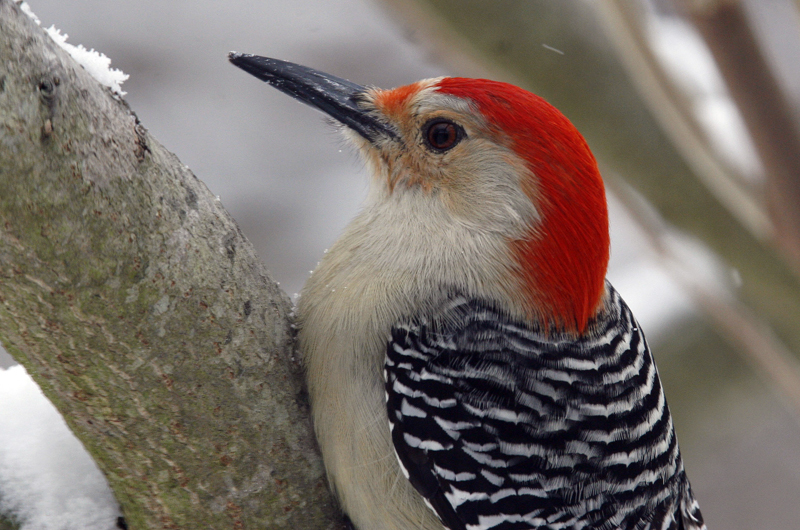
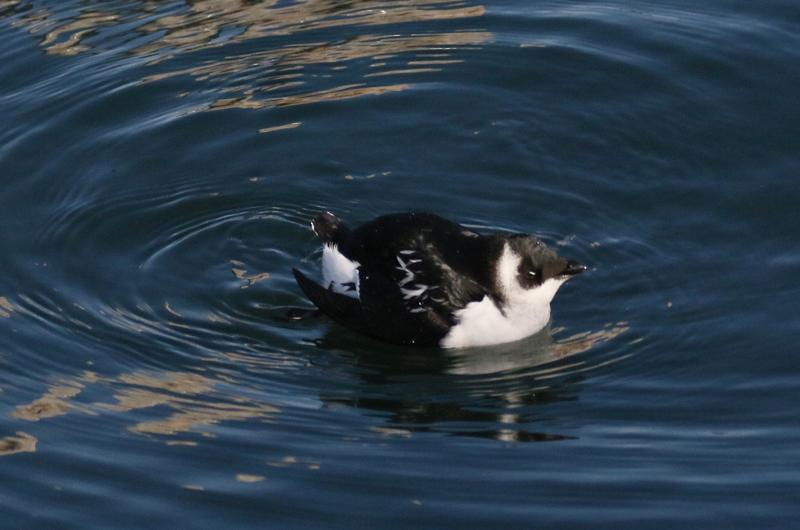


Comments
Comment policy »